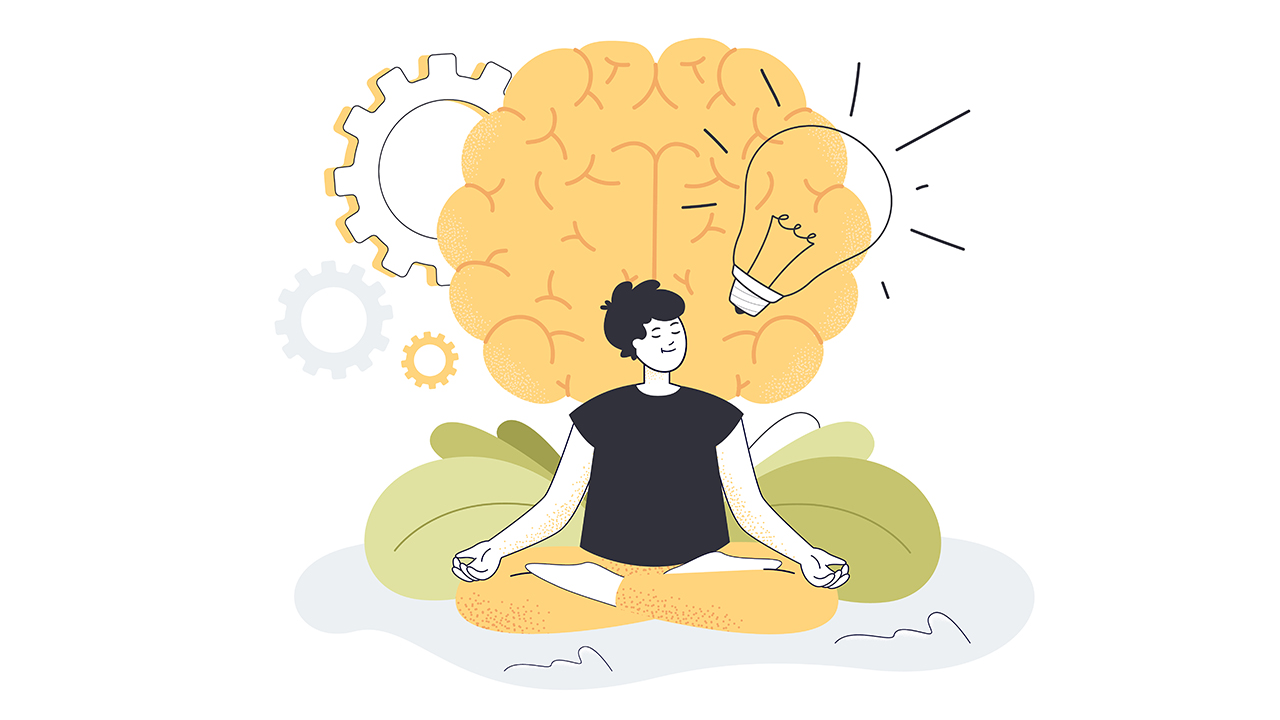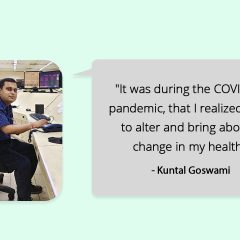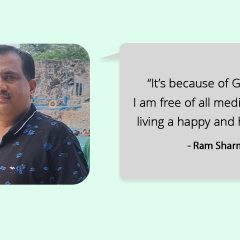
Relax!!! You are not the only one. We all cruise in the same boat. These are common concerns that every parent faces.
The key to concentration, memory and intelligence to a great extent depends on the food that a child eats. It is very vital that a child’s food be balanced and most of us fail to understand this.
We come across a variety of food items on a daily basis and also practically use them in our own kitchen. But, we barely know of its potent usages.
Yes, some of the responses to the curious questions above are in our very own kitchen. Let us explore the foods that help our kids concentrate and intensify their memory.
ALMONDS:
These little brown coloured ovals also called ‘Badam’ is preferably the world’s healthiest food stuff. Almond is generally rich in proteins. Protein helps repair brain cells and boosts cognitive functions. Almonds contain the mineral Zinc which acts as an antioxidant in the body that competes against the free radicals which otherwise attack and breakdown brain cells.
Vitamin B6 and E promote brain health and also slackens the ageing of brain cells; which eventually harms the memory. Omega-3 and Omega-6 fatty acids present in almonds upsurge intellectual levels. Magnesium promotes the strengthening of brain nerves.
RED ONION:
Red Onions have decent levels of anthocyanin and quercetin. Researchers propose that flavonoids including the anthocyanin’s have the ability to prevent age-related brain impairment. It also enhances memory. Anthocyanin inhibits neuro-inflammation, activating synaptic signalling, and improving blood flow to the brain. This makes it an excellent memory food.
A 2005 study by Hokkaido Tokai University scientists concluded that di-n-propyl trisulphide, a sulphur compound found in onions, improves memory impairment.
INDIAN GOOSEBERRY:
Indian gooseberry, popularly known as Amla is a fantastic brain food. We all have memories of our parents feeding us chyawanprash (prepared using Amla) as they believed Amla increases memory. Our Indian beliefs do have some scientific evidences that prove them right.
The antioxidants present in Amla fights against the free radicals in the body which otherwise attack and breakdown brain cells. Vitamin-C content of Amla in it helps in the production of norepinephrine, a neurotransmitter which improves brain activity. The iron content in Amla facilitates oxygen transportation, preventing brain degeneration.
WATER:
Yes, water. It is an absolute surprise!
Brain gets its electrical energy from water which keeps the brain functions going including thought and memory. Water is also needed for the production of hormones and neurotransmitters in the brain. Now, when you provide enough water to your brain you will be able to think faster, be more focused, and experience greater clarity and creativity. Daily hydration is required for optimal brain function as brain cannot store water.
FATTY FISH:
Brain requires essential fatty acids like Omega 3 and Omega 6 fatty acids. We need to include it in our regime as the body cannot process these acids. Fatty fish as the name suggests is filled with good fats – Omega 3 and Omega 6. Including fatty fish in the diet can boost the memory function by 15 percent. The fish highest in omegas include salmon, mackerel, sardines, rainbow trout, and albacore tuna. If you don’t like fish or eat it rarely, consider taking a fish oil supplement.
Gift your child with good and balanced nutrition and see the healthier them; booming in all facets of life. For more articles and guidance explore our Healthy Reads or speak to a certified expert by subscribing to GOQii’s Personalised Health Coaching here.
#BeTheForce




